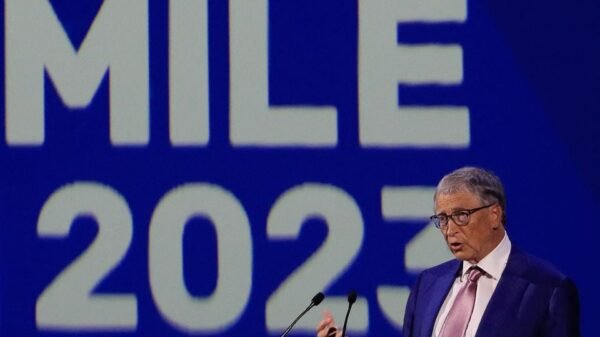Alphabet Introduces “Premium Lite” Subscription: What It Means for YouTube and Investors
Alphabet Inc., the parent company of YouTube, is taking a significant step to grow its subscription-based revenue. The company recently announced the introduction of “Premium Lite,” a lower-cost alternative to YouTube Premium. This move aims to attract a broader audience while reinforcing YouTube’s position in the video streaming and podcast market.
A More Affordable Subscription Option
Premium Lite offers an ad-free experience on most YouTube videos, including educational content and podcasts. However, unlike YouTube Premium, ads will still appear on music videos, allowing Alphabet to maintain advertising revenue from this highly popular category.
The new tier is designed for cost-conscious users who want an ad-free experience without paying for the full Premium subscription. While the exact pricing has not been disclosed, this initiative highlights YouTube’s strategy of increasing subscriber retention and expanding its user base. Reports indicate that Premium Lite is currently being tested in multiple regions as Alphabet assesses consumer interest.
Market and Investor Reaction
Despite the excitement surrounding the new subscription tier, Alphabet’s stock declined by 2% on February 21, 2025. Analysts, however, linked this decline to a broader market slowdown rather than concerns over Premium Lite.
Investor sentiment remains mixed. CNBC analyst Jim Cramer acknowledged that Alphabet’s previous earnings report was underwhelming but expressed optimism about YouTube’s potential, stating that it could become Alphabet’s next major growth driver. This perspective reinforces the company’s strategy of diversifying revenue streams beyond its traditional reliance on advertising.
Growing Competition in Video Podcasting
One of the key motivations behind the launch of Premium Lite is the growing competition in the podcasting sector, particularly from Spotify. The music streaming giant has heavily invested in video podcasts, offering ad-free video podcast streaming for premium subscribers.
As the second most popular podcast platform in the U.S., Spotify has amassed 250 million users who engage with video podcasts, with two-thirds of them preferring video over audio-only formats. Given that YouTube remains the number one podcast platform according to Edison Research, this move signals Alphabet’s intent to fortify its stronghold in digital content consumption.
Shift Toward Subscription Revenue
YouTube’s introduction of Premium Lite aligns with Alphabet’s broader strategy of reducing dependency on advertising. During Alphabet’s Q4 earnings webcast, CFO Anat Ashkenazi emphasized the significant growth in subscription revenues from services like YouTube TV, YouTube Premium, and Google One.
With advertising revenue being unpredictable, a stable, subscription-driven model provides Alphabet with a more consistent income stream. Additionally, the rise of AI-driven search tools like OpenAI’s ChatGPT is altering traditional search-based revenue models, making subscription-based growth strategies even more vital.
The Road Ahead for YouTube Premium Lite
The launch of a more budget-friendly YouTube Premium option could significantly impact user engagement, making ad-free streaming accessible to a larger audience. This approach has the potential to retain existing users while attracting new subscribers who previously hesitated due to price concerns.
While the short-term impact on Alphabet’s stock remains uncertain, Premium Lite represents a long-term commitment to developing YouTube’s paid offerings. The increasing competition from platforms like Spotify has prompted YouTube to solidify its presence in video podcasting and subscriptions, ensuring that it remains the dominant player in the industry.
For users, Premium Lite offers a more accessible way to enjoy an ad-free experience, while for investors, it marks Alphabet’s continued efforts to build a sustainable, subscription-based revenue model. As YouTube adapts to evolving user preferences and competitive pressures, this move could shape the future of digital content consumption.


































Comment Template